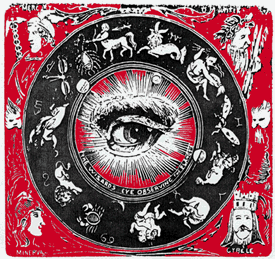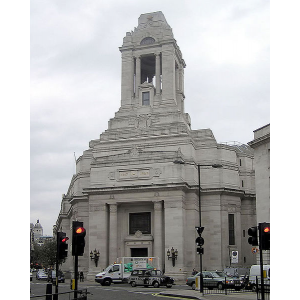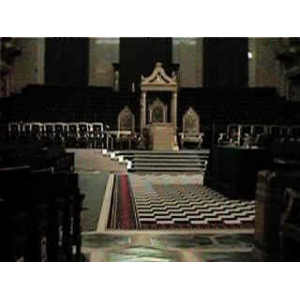
Book: Picatrix Ghayat Al Hakim The Goal Of The Wise Vol Ii by William Kiesel
Picatrix Volume Two contains the 3rd and 4th books of Ghayat Al-Hakim and will complete the English translation. It is a larger book than volume one and contains much in the way of the practical working of astral and talismanic magic. Planetary and Zodiacal magic and full instructions for invoking the related spirits are provided along with all the requisite materials needed; stones, plants, inks, colors, incenses, talismans and the invocations.In addition to this are many anecdotes relating to Arabic and pre-Islamic magical lore, including the writings of Ibn Wahshija, the Nabataeans, Sabians, Chaldeans and Assyrians. Of particular note is the magical plant and mineral lore from the Nabataean Agriculture, which portray ancient practices of pagan Iraq.
The influence of the Picatrix can be seen in several texts of well-known Authors of the western esoteric tradition, including Ficino, Mirandola, Abano and Agrippa, whose works have played a major role of forming contemporary manifestations of the esoteric tradition today.
This work is undoubtedly a milestone – one of the most renowned books of magic in Western civilization finally translated into English. Nonetheless, I have to say that I have some qualms about the book. I’m reluctant to speak out on this, largely because I don’t want to hold anyone accountable for ambiguities or uncertainties in the Arabic text, as I don’t know that language. Still, I have some reason for concern.
One is the frequent mistakes in the book. I know first-hand how nasty typos are to eradicate, and I’m willing to grant substantial leeway for small presses in that regard. Still, we have a number of non-spellcheck errors that occur throughout the manuscript. Among the more notable are “kneed” appearing for “knead”, “rap” appearing for “wrap”, and “veins” often being spelled “vanes.” One of the curious ingredients of a few recipes is “black anesthetic seeds.:” These are the more notable examples, and the sort that would be easily picked up with a reading of the manuscript.
I will also add that a number of the passages are impossible to decipher. Of course, texts of these period require some effort to understand, especially when of a theoretical nature, but I found myself baffled on many occasions by passages like this:
"This kind get to envy a lot for every good thing they see, that is why we should bless every thing and be proud to do that as that comes from the first position commancing in astronomy and it could be inherited from mood commencement."
or
"That does not stop some males from having mental reactions like females and some females have mental reactions like males and that is how we differentiate between males and females."
Contextually, it is often possible to figure out the approximate meaning of a passage via context, but one has to wonder just how accurate that understanding really is.
This is a shame, because there’s a great deal in this book with regard to talismans, spirit summoning, and other topics that could be of use to scholars and practitioners alike. Still, concerns about accuracy come foremost for me, and I’m not sure that’s what readers are getting.
The first chapter exhorts the would-be astrological magician to learn the classical Pythagorean sciences before approaching magic: arithmetic, geometry, music, and astronomy. The author means the esoteric aspects of these disciplines, rather than assuming that one’s mastery of 1+1=2 qualifies one as a classical arithmetician.
Then, we get two chapters devoted to basic astrological concepts, such as the nature of the Moon, and some electional precepts. This section presents the basics of electional astrology in a practical, succinct manner, and it would be useful to all astrologers interested in this field, not just magicians.
The following few chapters expand on the “why and how” of astrological magic and the universe, including the relative strength of the planets and the fixed stars, the relationship of the four elements and similar topics.
There follows a short chapter with some talismanic glyphs, evidently based on magic squares (the ones where the numbers are arranged to add up to the same number horizontally, vertically, and diagonally). The next chapter lists the planetary affinities of stones and metals, and the talismanic images associated with the planets and their seals. For instance, one image of Mars “is the form of a crowned man with an inscribed sword in his right hand.”
The last two chapters discuss the images associated with the astrological decans, and the kinds of talismans best for each. So, if you wish to increase the milk given by your goats, make a talisman in the second face of Capricorn. These recipes are nothing if not down-to-earth.
Free eBooks (Can Be Downloaded):
David Pingree - Picatrix The Ghayatal Jjakim Edition In LatinSteven Ashe - The Picatrix The Goal Of The Wise Planetary Talismanic Magic
William Kiesel - Picatrix Ghayat Al Hakim The Goal Of The Wise Vol I
William Kiesel - Picatrix Ghayat Al Hakim The Goal Of The Wise Vol Ii











